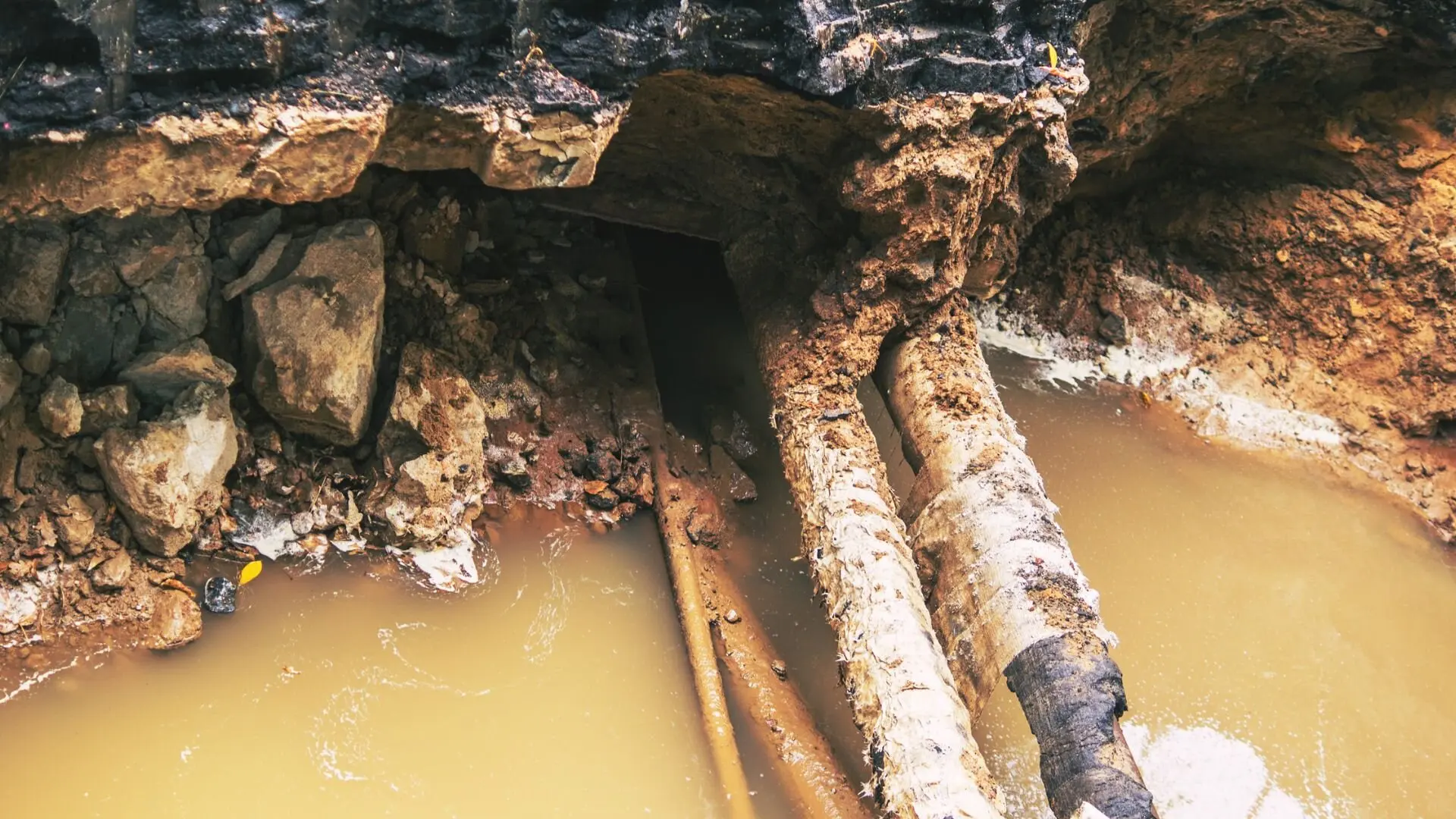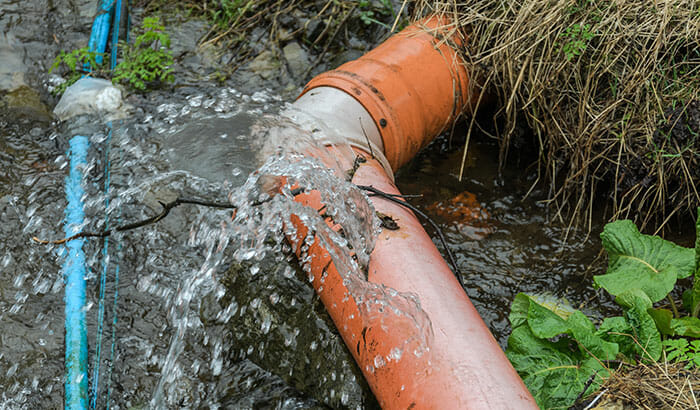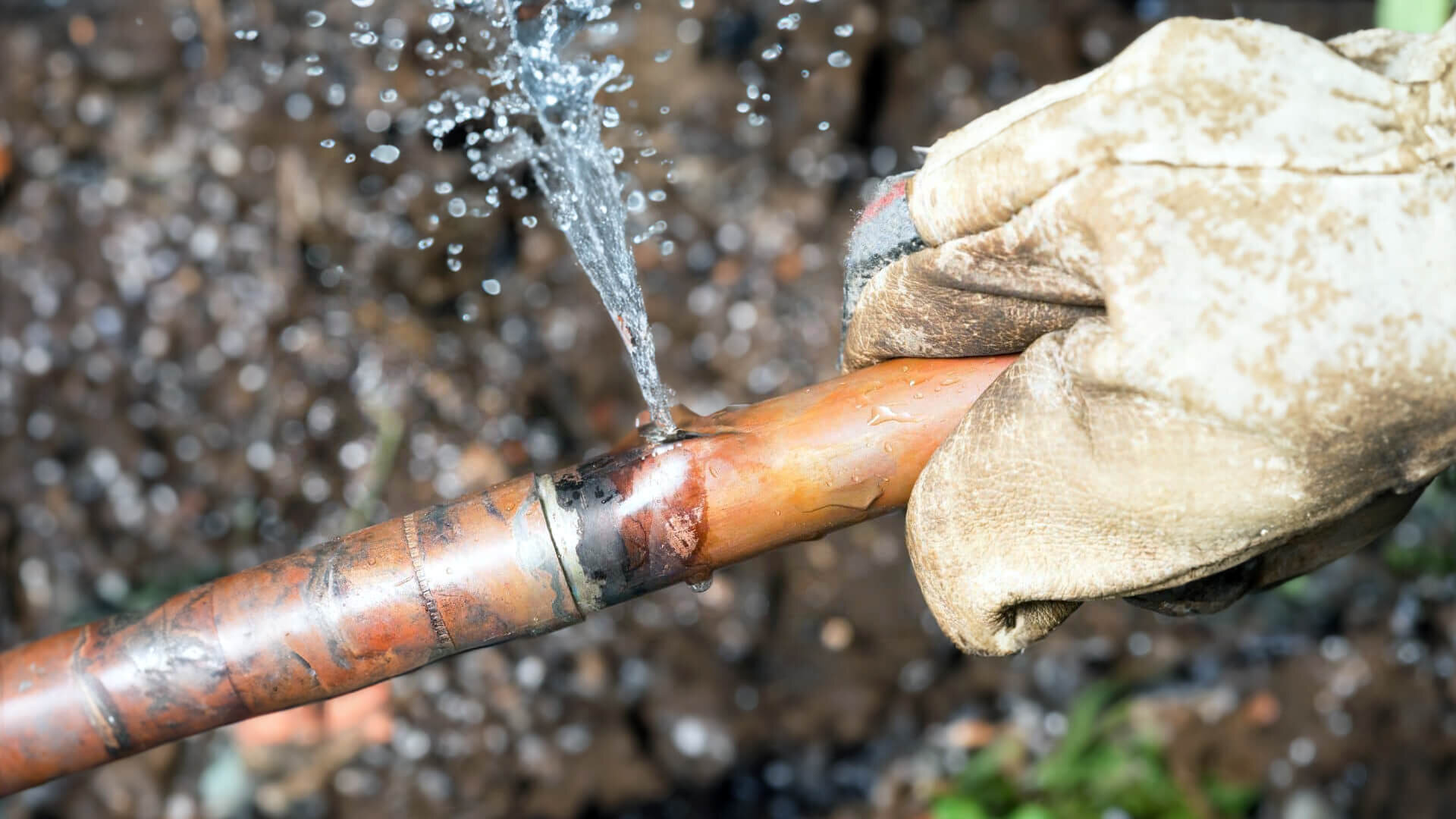Signs of a Burst Pipe: How to Identify and Address the Issue Before It Escalates
Signs of a Burst Pipe: How to Identify and Address the Issue Before It Escalates
Blog Article
Stopping Burst Water Lines: Crucial Tips to Shield Your Pipes
Avoiding ruptured pipelines is an essential concern for home owners, especially during chillier months when the risk of freezing is heightened. Applying tactical steps such as correct insulation, routine examinations, and maintaining consistent indoor temperature levels can significantly decrease the probability of pipeline failure.
Understand Pipeline Vulnerabilities
Comprehending pipeline vulnerabilities is important for efficient pipes upkeep and preventing costly damage. Several aspects add to the susceptibility of pipes to ruptureds, including material composition, age, and ecological problems. Older pipes, especially those made from galvanized steel or polybutylene, frequently weaken over time, resulting in boosted threat of leaks and tears.
Temperature level changes can likewise substantially influence pipeline stability. In cooler climates, water caught in pipelines can freeze, broadening and putting in pressure on the pipeline walls, which might eventually result in a burst. Additionally, high water pressure can strain pipelines, especially at joints and bends, enhancing the chance of failure.

Insulate Pipeline Effectively
Correct insulation of pipes is important for preventing freezing and subsequent bursts during winter (burst pipe). Insulating your plumbing system efficiently safeguards versus temperature level goes down that can result in pricey damages. Begin by recognizing at risk areas where pipes are subjected to outside temperature levels, such as basements, attics, and exterior walls
Use foam pipeline insulation sleeves or wrap insulation tape around these areas to offer a safety obstacle. Make certain that all areas of the pipelines, especially those with limited heat exposure, get adequate insulation. Pay unique focus to installations and joints, as these are much more vulnerable to freezing.
When shielding, it's vital to choose products that fulfill regional building regulations and are appropriate for the specific atmosphere. For instance, fiberglass insulation is often recommended for its thermal resistance residential properties - burst pipe. In addition, consider using warmth cable televisions or tape in extreme problems, which can be connected in to supply extra heat
Frequently examine shielded pipes for any type of signs of wear or damages, as compromised insulation can reduce its effectiveness. By taking these positive measures, you significantly reduce the risk of pipe bursts, making sure a dependable plumbing system throughout the winter season.
Maintain Constant Temperature
A stable interior temperature is necessary for stopping ruptured pipes during the frigid months. When temperature levels drop, water within pipelines can freeze, developing and expanding stress that may eventually trigger the pipes to ruptured.Using a programmable thermostat can help manage interior temperature levels efficiently, ensuring that spaces with plumbing stay cozy also when the home is unoccupied.
This small circulation of water can prevent freezing by minimizing pressure within the pipes. By applying these approaches, homeowners can significantly read minimize the risk of pipeline bursts and secure their plumbing systems against the harsh wintertime components.
Routinely Examine Pipes
Routine inspections of plumbing systems are crucial for stopping ruptured pipelines and keeping general home honesty. Throughout these evaluations, it is important to check out visible pipelines for signs of rust, leakages, or put on.
Furthermore, inspecting joints and links is vital, as these factors are frequently prone to leaks. House owners should likewise analyze water stress degrees, as extreme stress can stress the pipes system and boost the risk of pipe bursts.
Think about organizing specialist read review pipes inspections at the very least yearly, particularly before wintertime, to guarantee your system is planned for chillier temperatures. Routine assessments not just help in recognizing prompt worries but also foster long-term maintenance techniques that can boost the lifespan of your pipes system. By being aggressive in your approach, you can protect your home against the costly and disruptive consequences of ruptured pipes. Prioritizing plumbing inspections is a financial investment in your house's health and wellness.
Know Emergency Situation Treatments
Understanding emergency procedures is essential for every homeowner, particularly after performing routine pipes inspections. Being prepared for a plumbing emergency can considerably reduce damage and conserve expenses.
Following, maintain vital devices helpful. A plumbing emergency set must consist of a wrench, plunger, and towels, as well as a flashlight and a bucket for little leakages. In addition, think about having the get in touch with info for a trusted plumbing conveniently offered, needs to the situation rise beyond your control.
If you discover a leak or burst pipe, promptly transform off the water system and alert your plumber. Furthermore, document the damages with This Site pictures for insurance objectives. burst pipe. Know the indicators of prospective plumbing issues, such as uncommon water pressure changes or damp areas on walls
Inevitably, positive knowledge and quick action are crucial in handling plumbing emergencies, ensuring your home stays protected and reducing prospective damages.

Verdict
Finally, avoiding burst pipes requires a diverse method that includes understanding pipe susceptabilities, appropriate insulation, maintaining consistent indoor temperature levels, normal evaluations, and understanding of emergency situation treatments. By executing these important strategies, the risk of pipes failings can be substantially decreased, thus guaranteeing the longevity and effectiveness of the plumbing system. Proactive actions not just safeguard versus potential damages however also add to total water conservation and the protection of home.
In cooler environments, water entraped in pipes can ice up, expanding and putting in stress on the pipe wall surfaces, which might inevitably lead to a burst. When temperature levels drop, water within pipes can freeze, broadening and developing stress that might ultimately trigger the pipelines to burst. By applying these techniques, house owners can significantly lower the risk of pipe bursts and secure their plumbing systems versus the rough winter season aspects.

Report this page